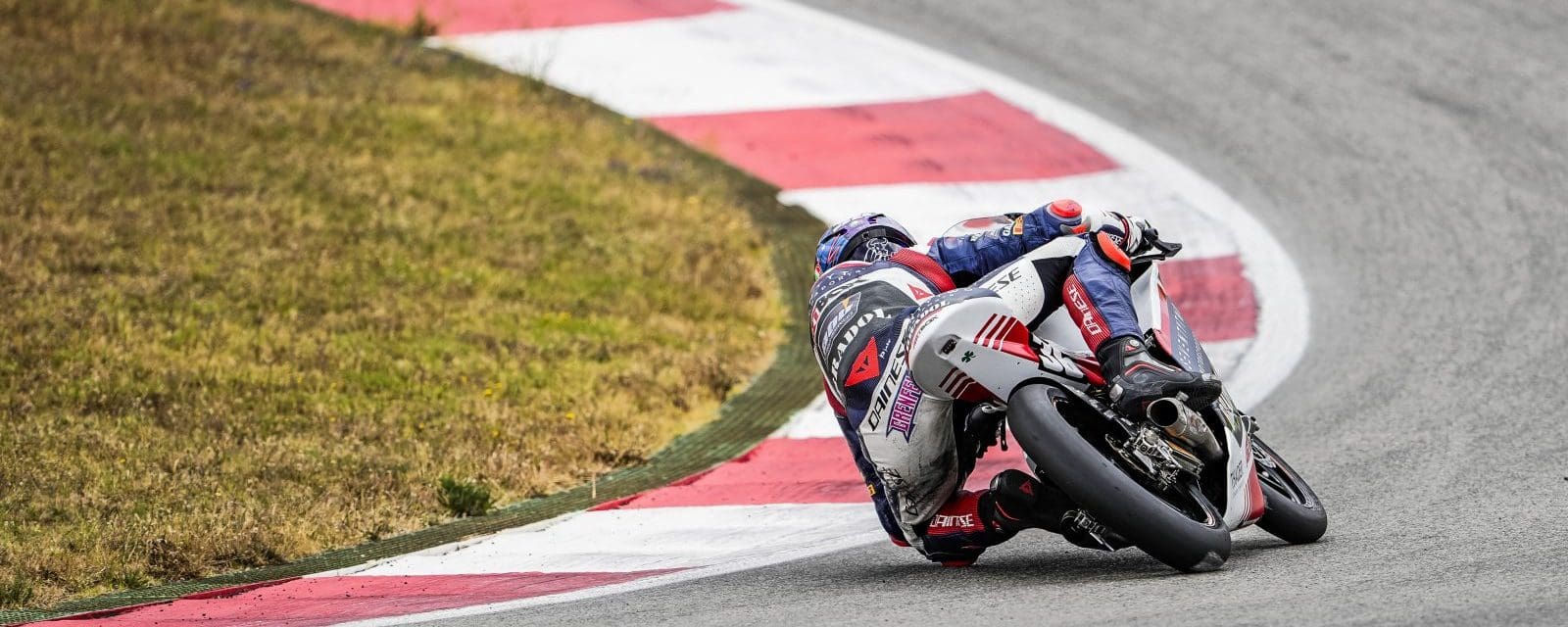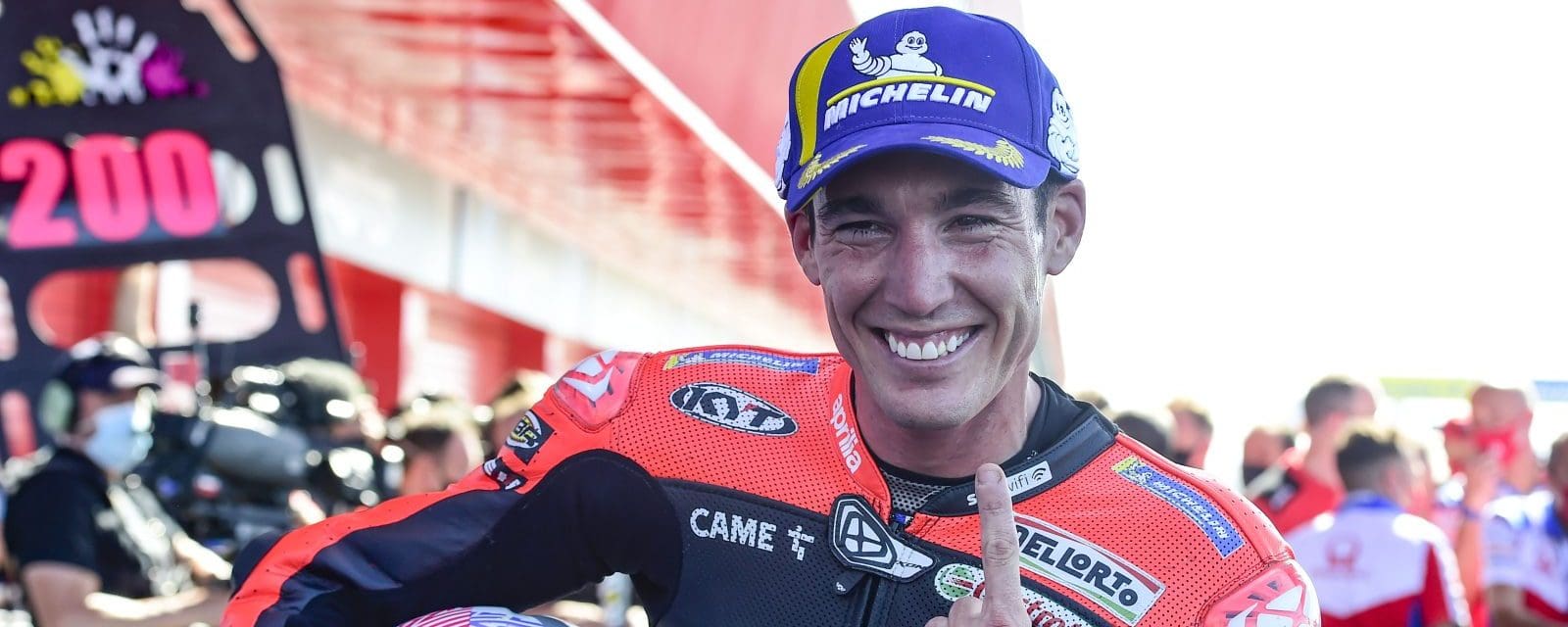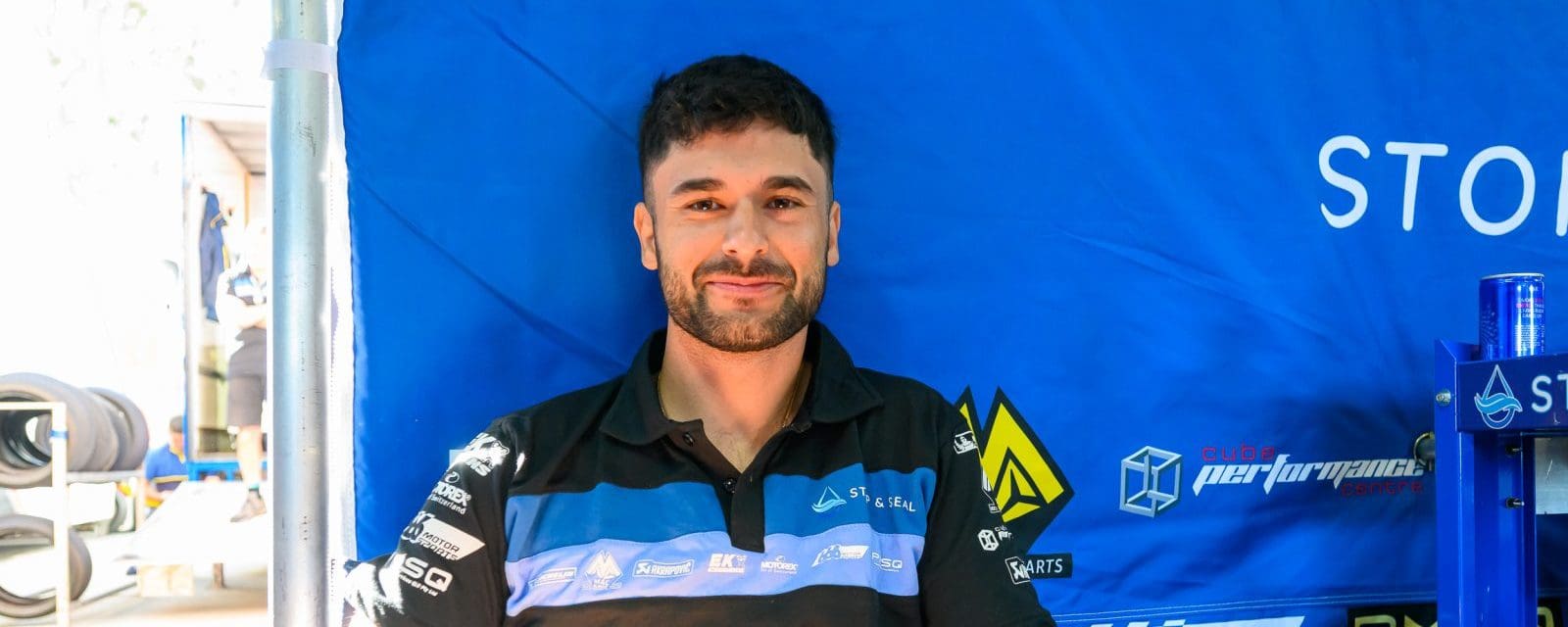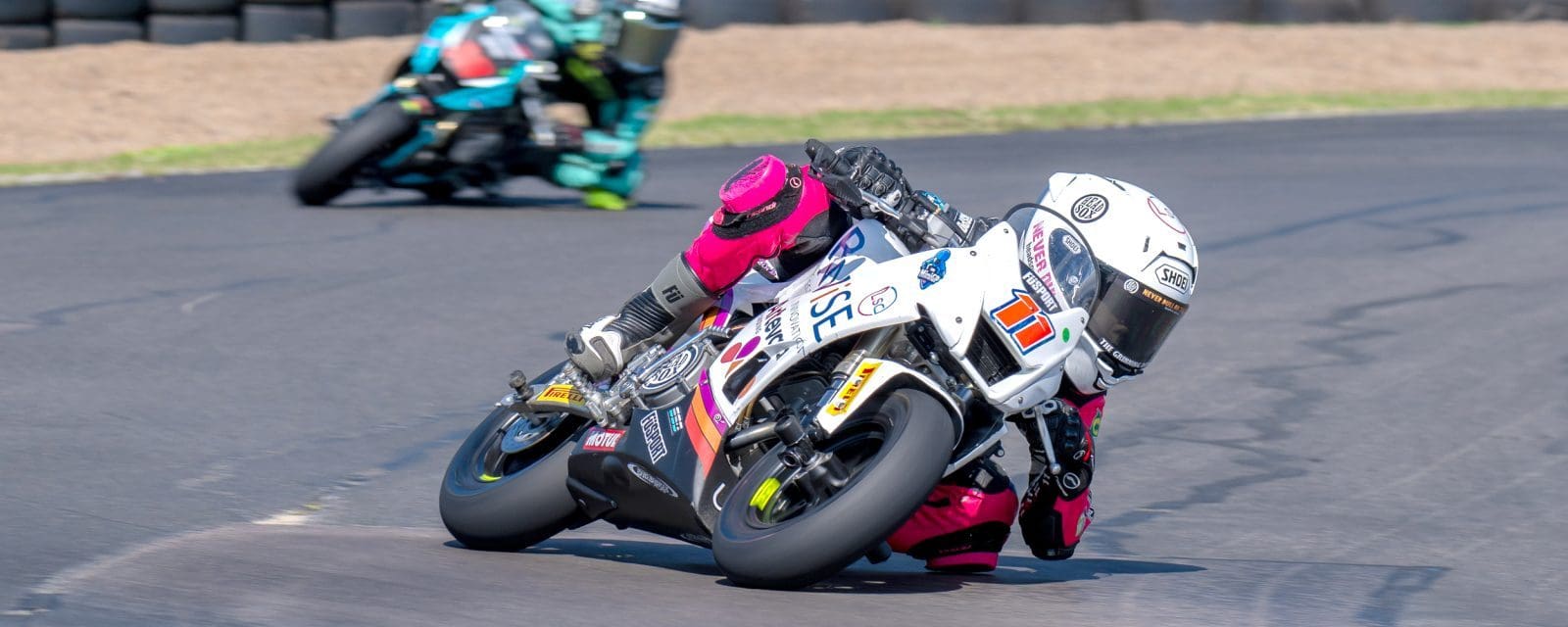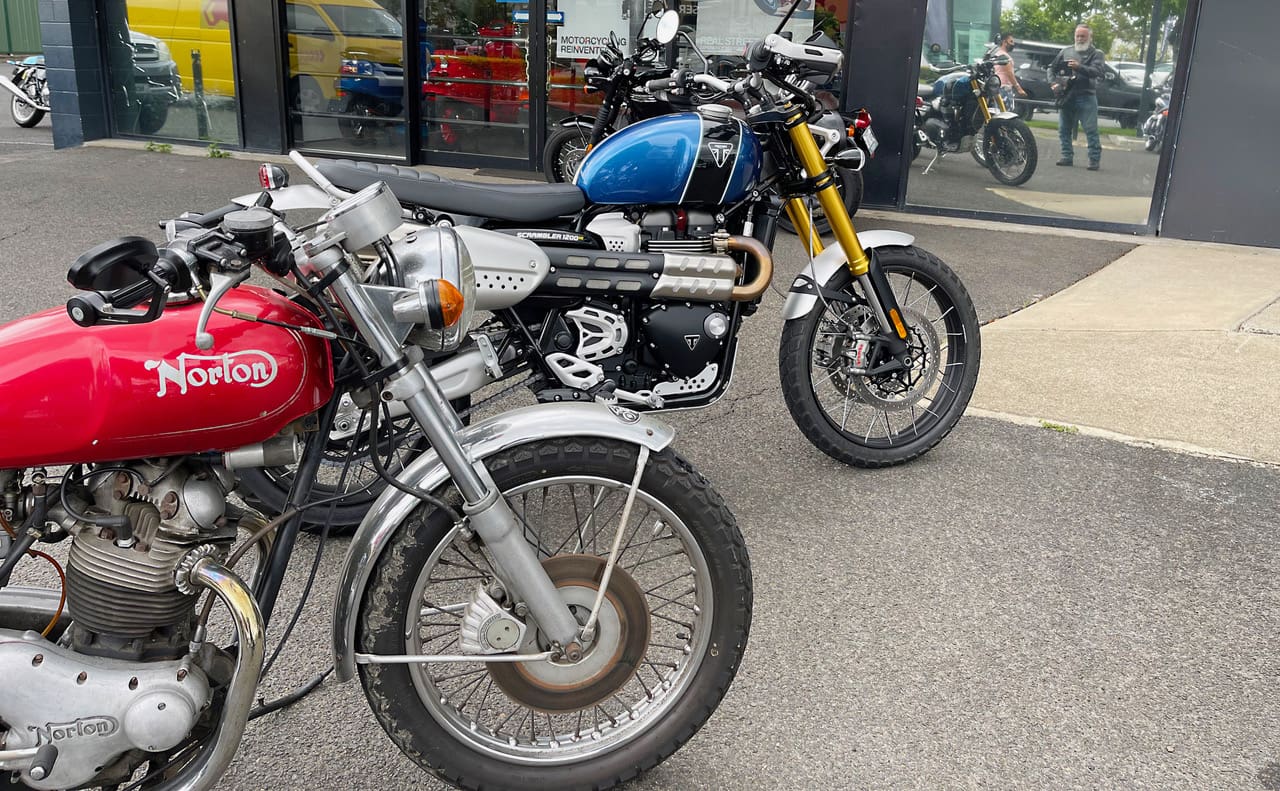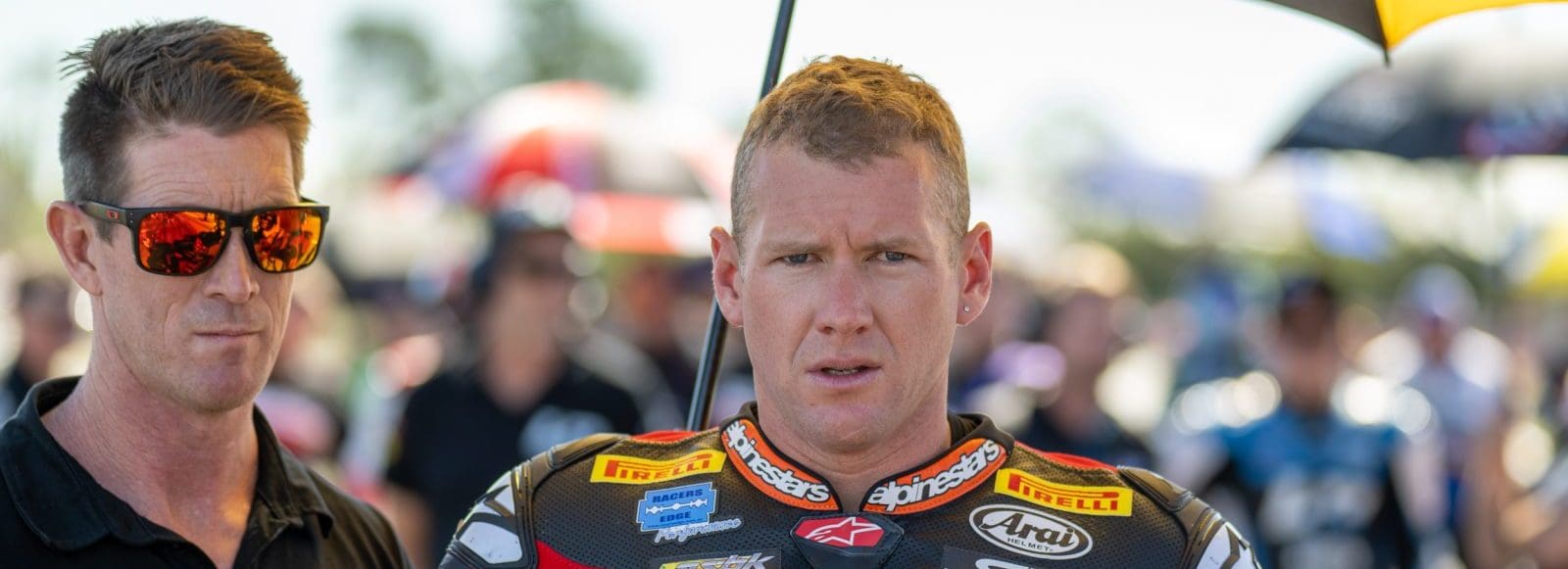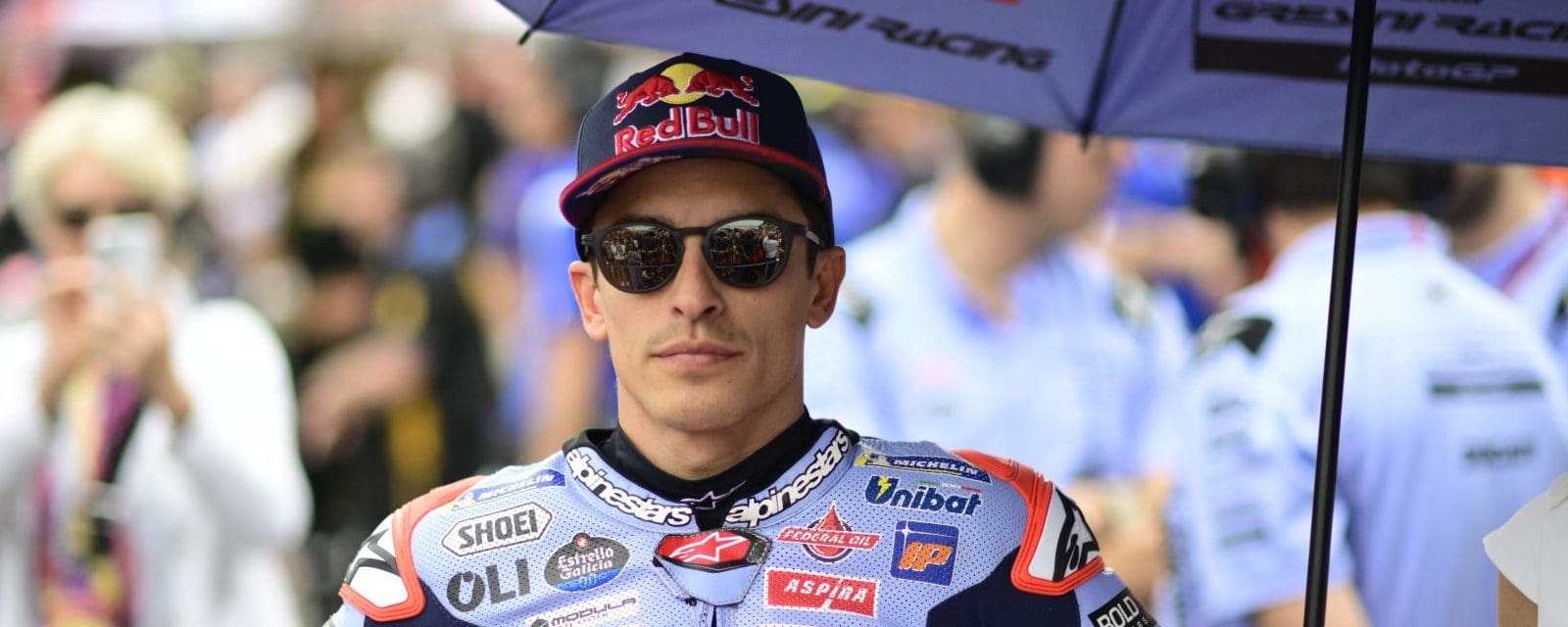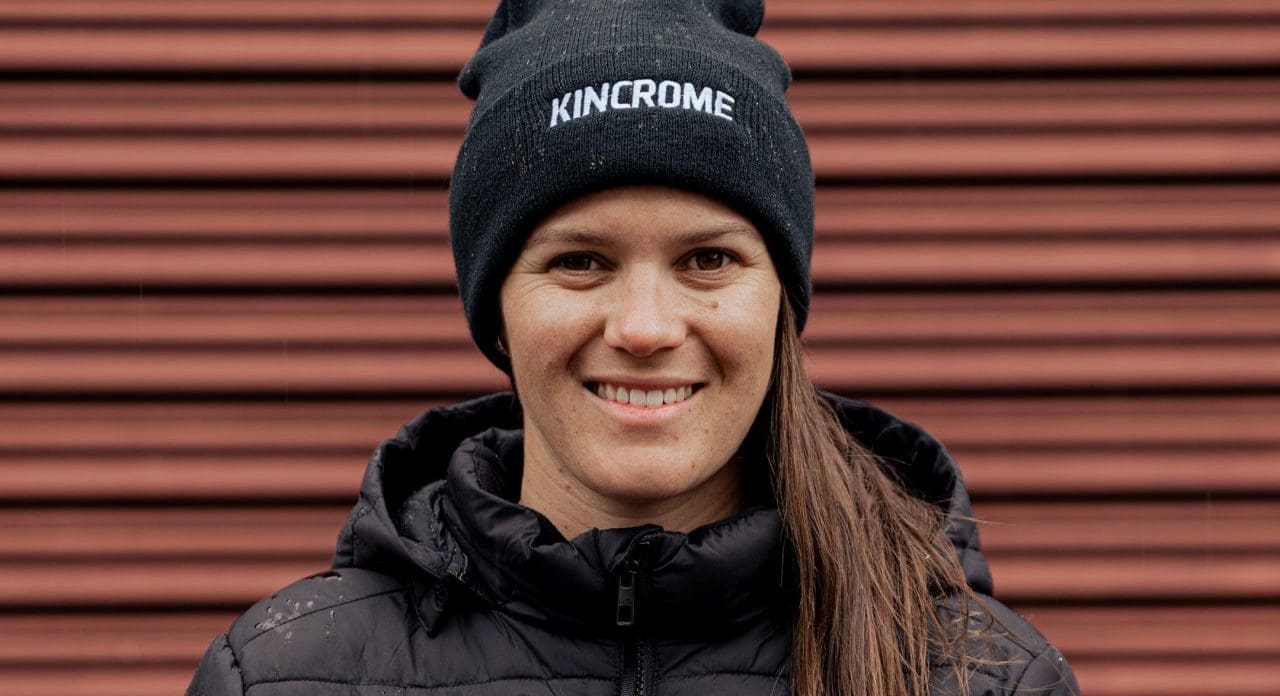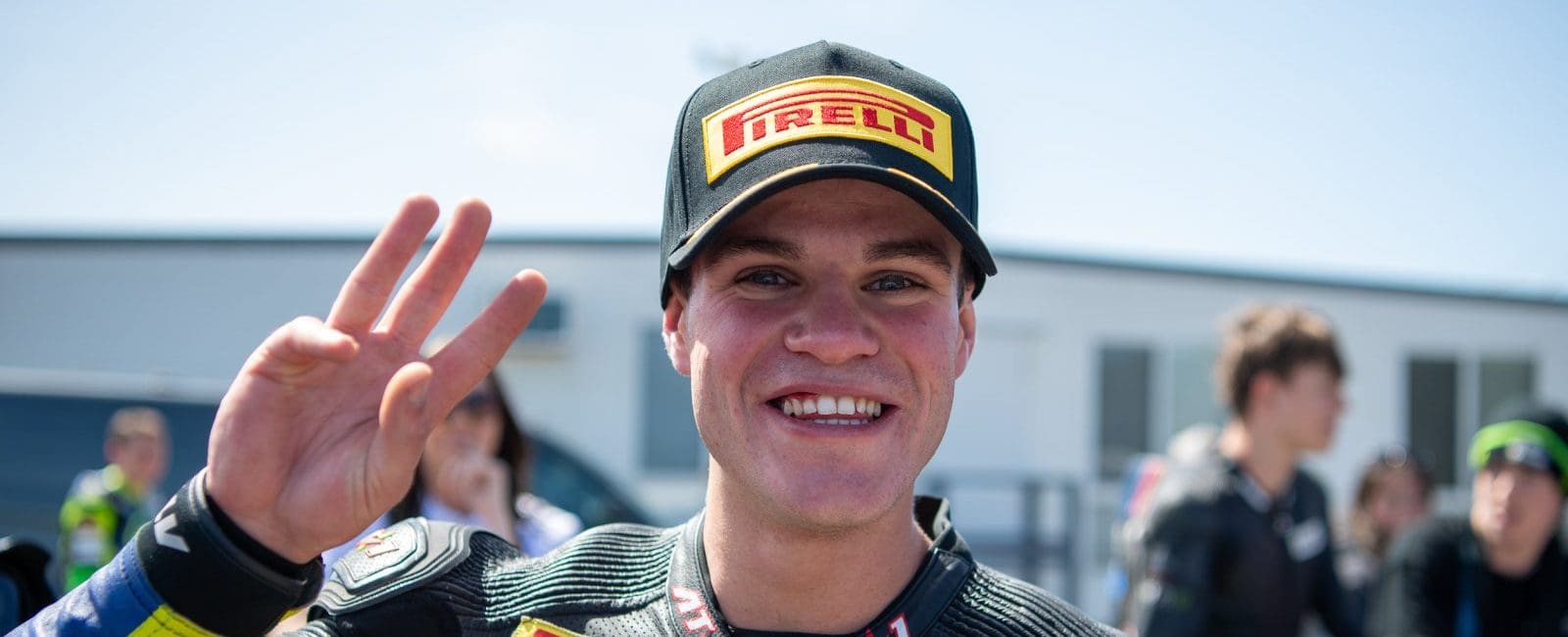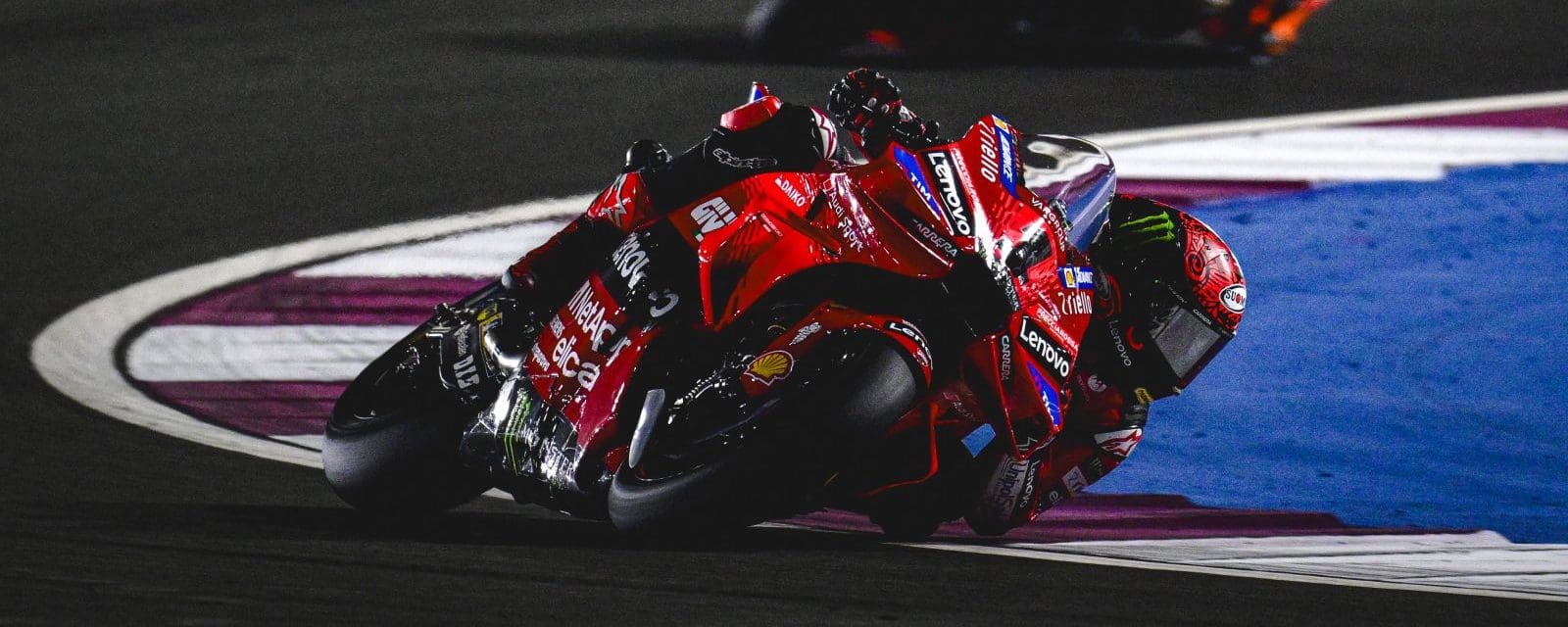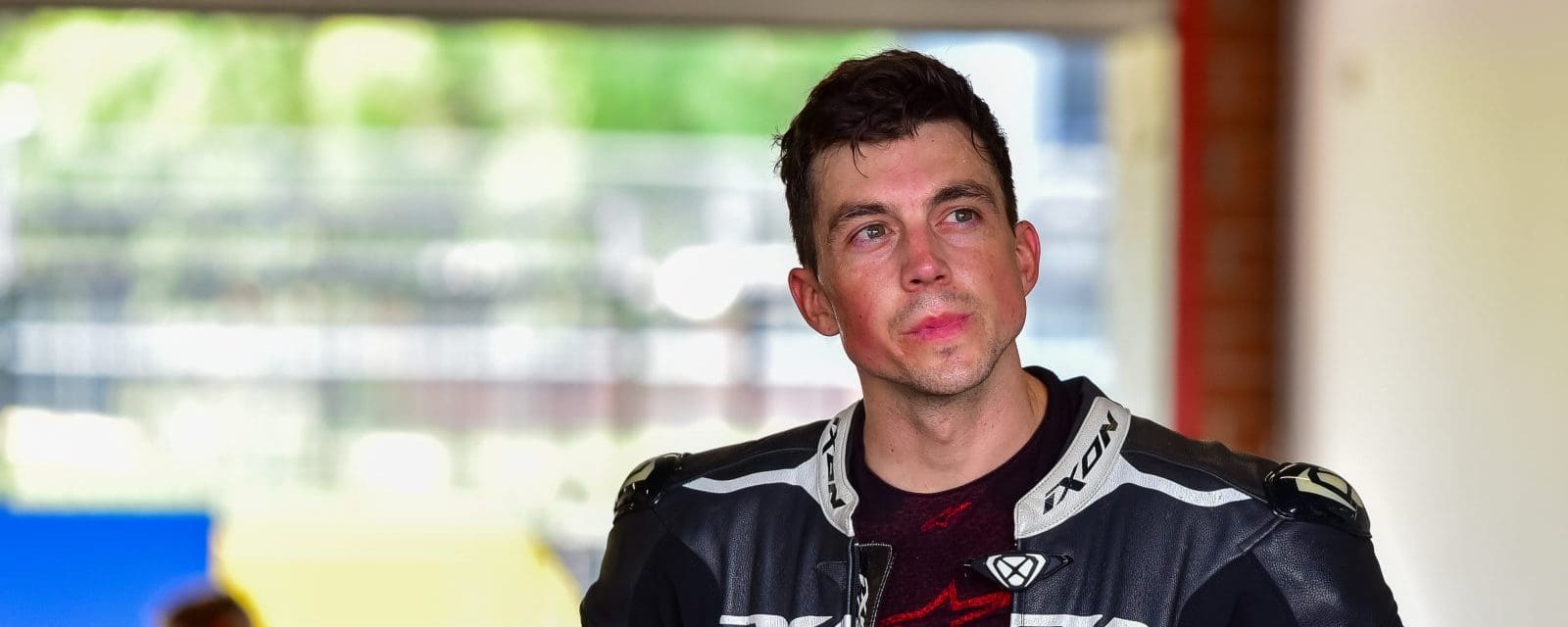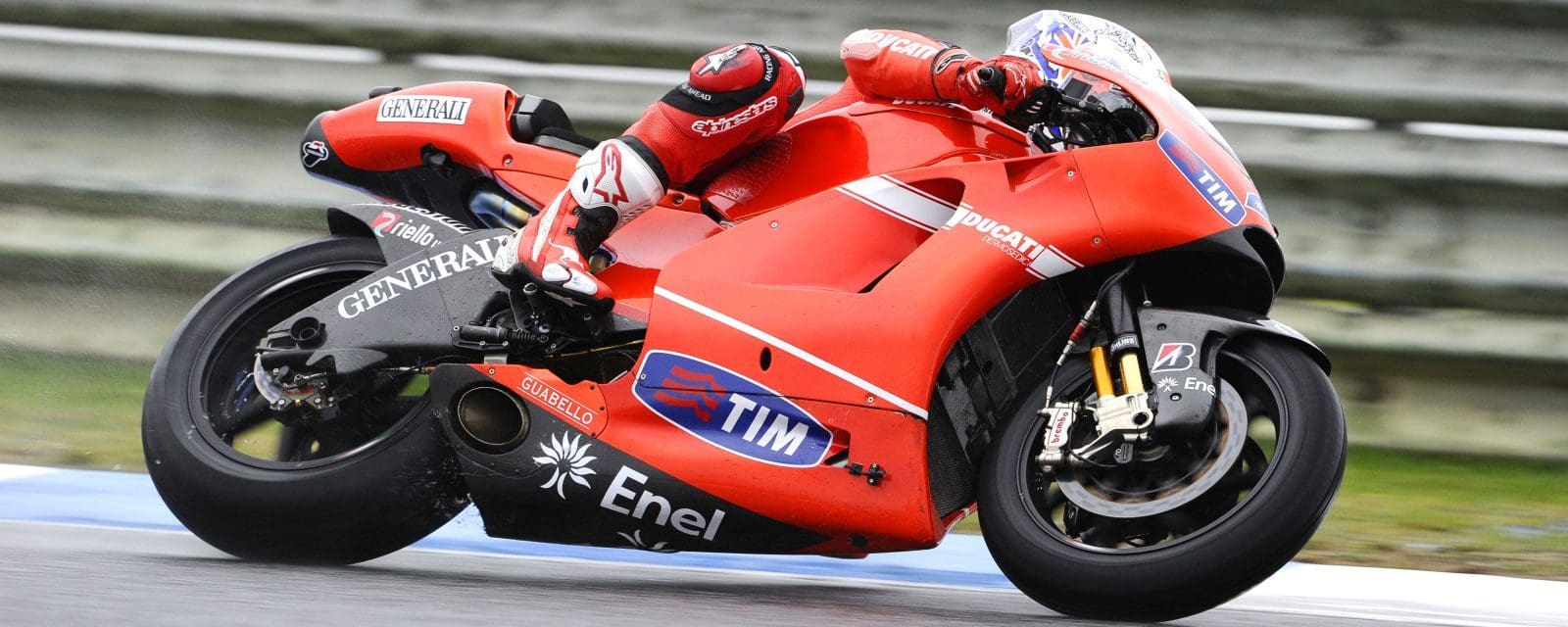Motorcycling’s a strange thing, I thought, as I stared at a Honda slowly revolving on a floodlit plinth at the MotoGP Expo.
For a second I thought it was the new Fireblade, but the tiny tailpipes told me I was looking at Honda’s $245,000 RC213V-S MotoGP replica. Claimed to be the world’s most expensive road motorcycle, it was small and delicate and with so much titanium detail you could spend all day just looking at it.
Outside, the real thing – with newly crowned world champion Marc Márquez on board – was howling down the main straight in a raw, brutal lunge at the edge of motorcycling’s performance limits.
By contrast the RC213V-S looked too perfect, too much a production unit, I thought.
MotoGP week always throws something up from left field but perhaps my judgement had been clouded by a chance encounter the previous day at the Motorclassica show in Melbourne.
As I’d written most of the motorcycle display descriptions, the organisers had allowed me in for a quick preview on my way to Phillip Island.
There was so much to see among the cars, including talking to the owner of the immaculate 1920s Rolls Royce who’d driven it down from Sydney in torrential rain and lashing winds. That car was probably worth twice an RC213V-S.
I wandered upstairs and spied an old Triumph leaning against a guard rail.
Closer inspection revealed it was the actual 1963 Steve McQueen desert sled, which recently changed hands for around US$100,000. I’d heard it was in Australia but no one had told me it was coming to Melbourne.
This bike has fascinated me for years, and I know a lot about it.
The attraction is similar to my interest in Ducati’s Desmosedici RR and Honda’s RC213V-S. It’s all about turning racing motorcycles into roadbikes, or roadbikes into racing motorcycles. This is a two-way street.
So now I had the chance to look at Steve’s hyped-up old paddock basher.
It first came to prominence when Canadian Trev Deeley bought it from McQueen’s deceased estate auction in 1985. It sat on permanent display in his Vancouver Harley-Davidson dealership before being sold in 2009 for around US$80,000.
A trinket or a timeless piece?
The 1963 Bonneville was Triumph’s first unit-construction 650cc. Regarded as motorcycling’s E-Type Jaguar, it wrapped up the best of British road-going performance in understated elegance. To many, it was perfection straight off the showroom floor.
Not to amateur desert racer Steve McQueen and his mate Bud Ekins. They saw it as the starting point.
Back then, pre-unit Triumphs were ruling the roost in the high sierra behind Los Angeles. This was the chance for a big step forward.
All street equipment was stripped. The rear subframe was bent up to accommodate longer shock absorbers and a Bates racing seat, while the front fork got heavier sidecar springs.
High volume automotive air cleaners were adapted for the twin carbs, and Ekins’ special racing exhaust pipes were fitted. The full-width front brake was ditched for a 1950s single-sided hub, but its air vents were blocked off to keep the sand out.
The legendary Von Dutch, then an employee of Ekins, applied the Jaguar-inspired green paint (McQueen owned a Jaguar and Land Rover).
All these parts were still on the beaten-up old Triumph, along with the piece of piping slipped inside the twist grip to help the rider keep the throttle pinned.
Then I noticed some extra details. It had new NGK spark plugs, recently carbonised exhaust pipes (confirmed by brushing a finger against them), and a small puddle of fresh golden oil under the engine.
So it had been fired up recently.
A genuine, running, slightly tatty, 1963 Triumph desert sled that looked as if the owner had just got off it five minutes ago, or an immaculate 2016 Honda RC213V-S…
One is worth nearly twice the other. Which one would you want to own?
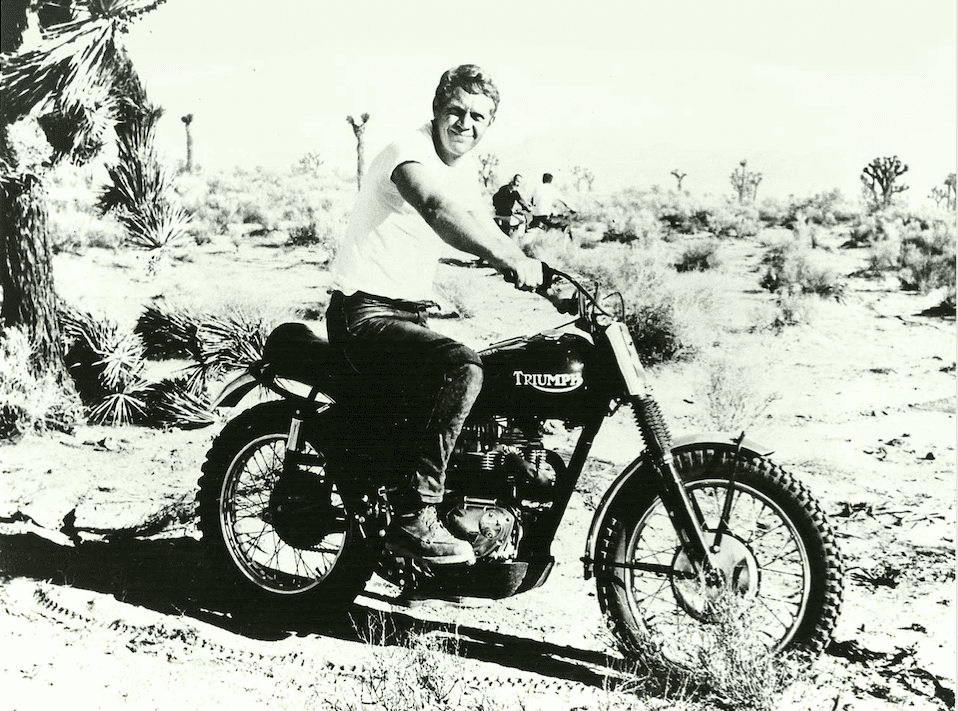
By HAMISH COOPER
